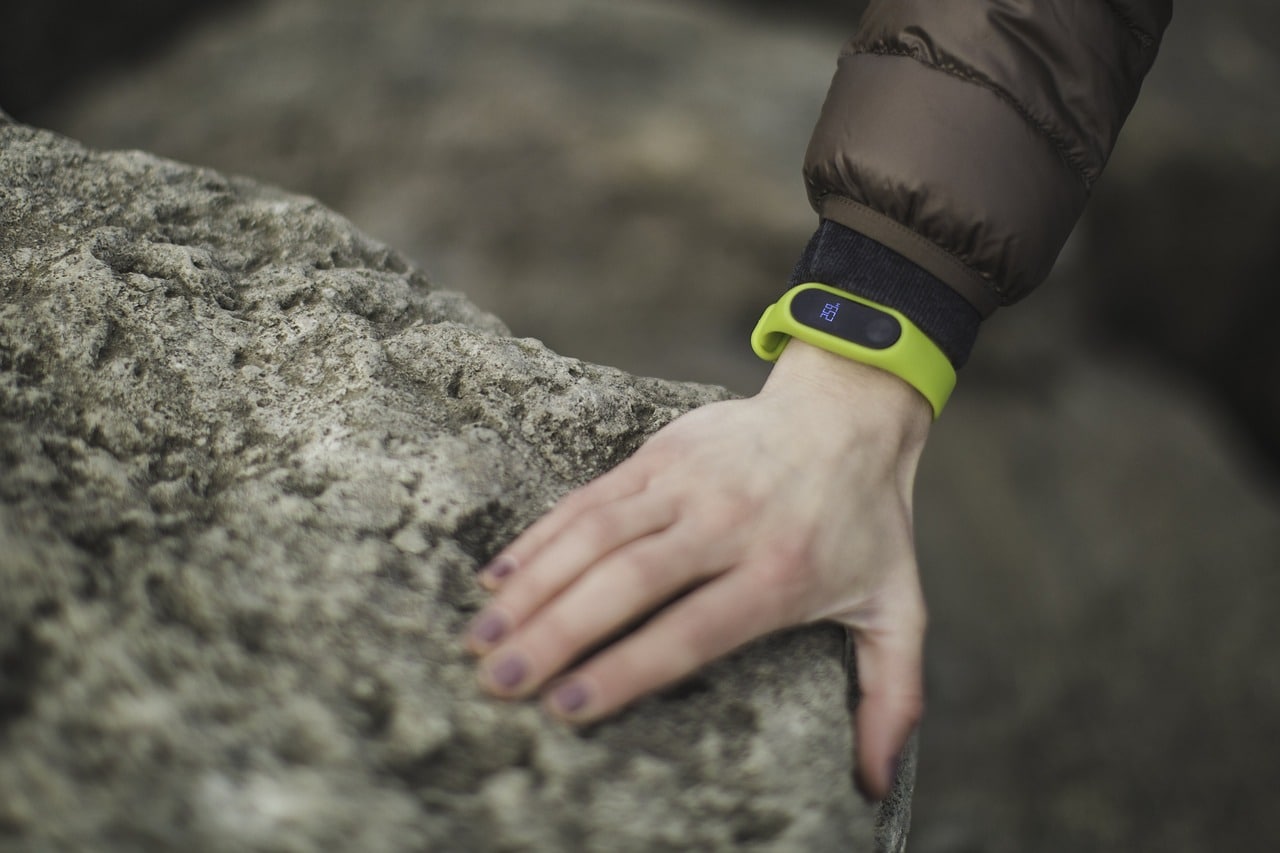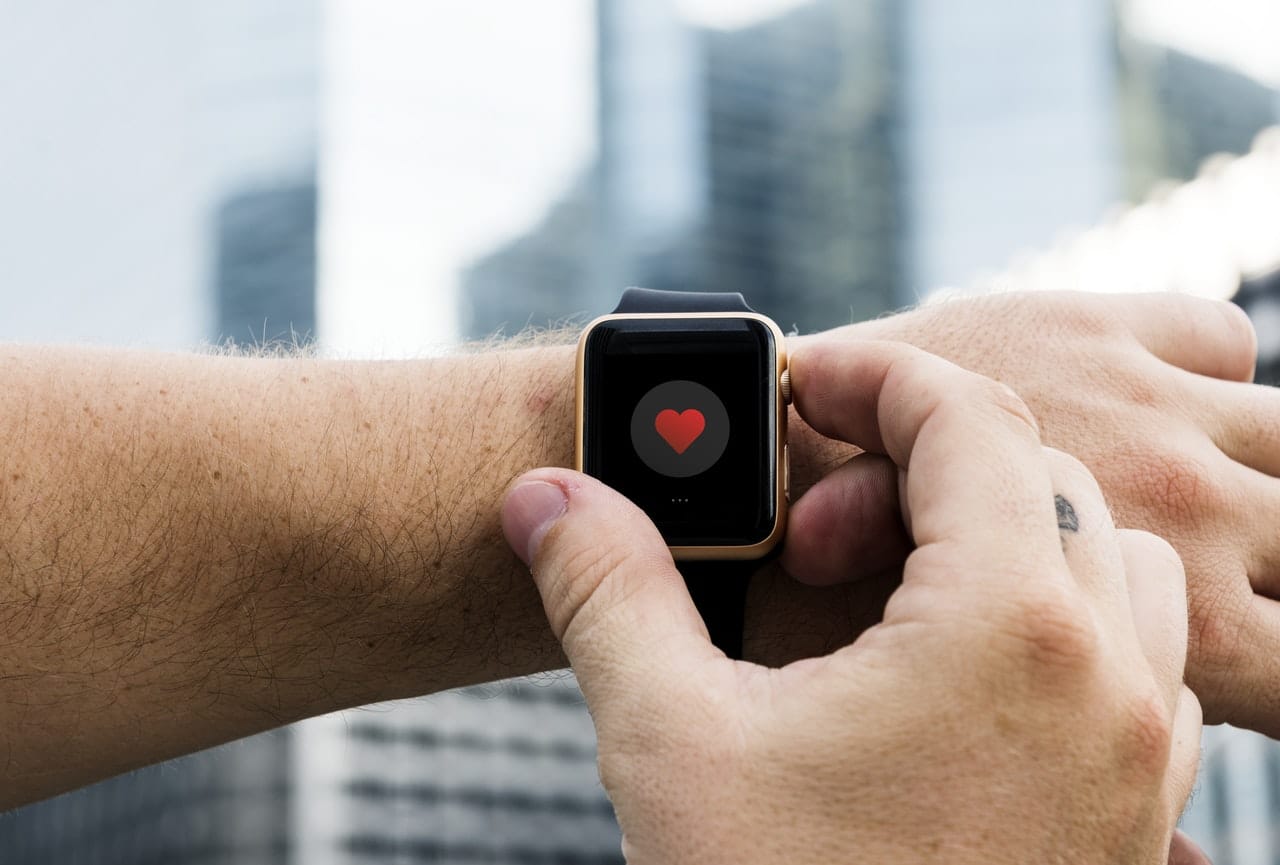Wearable technology is on the rise. From smartwatches — such as the Apple Watch — to activity trackers — like the incredibly popular Fitbit — wearables are becoming so commonplace that they are fast becoming the norm.
The most popular wearable gadgets are primarily used as some form of health tracking. These devices use the internet to send and receive data in real-time, and the reason they have become so popular — beyond “wow” factor and clever branding — is that they allow the user to track important metrics in an incredibly simple way. Users are able to better understand their activity levels and, through straightforward goal-oriented incentives, are encouraged to be more active in their day-to-day lives.
IMAGE: PEXELS
However, a lesser-known and far less “cool” kind of wearable device has been popular for a number of years now. What’s more, it’s targeted almost exclusively at the older generation, and most young people likely won’t have even considered that wearable tech could or should do what this particular wearable does until recent iterations of the Apple Watch and its competitors started including the same functionality last year.
We are talking about panic buttons and their natural evolution into fall detectors. A fall detector allows for an alarm to be raised either via the pushing of a button or through the generation of an automatic call for assistance if a fall is detected. Usually, a fall detector will use an accelerometer to detect sharp downward movements and/or impact.
This type of device allows users to remain safe while on their own and allows them to communicate with a monitoring center when their device is activated. This means that the user can be attended to quickly in times of distress or emergency. Fall detectors are not so much daily living aids for those who use them, but rather, they are emergency devices that are hopefully rarely, if ever, used.
Why Are Fall Detectors So Important?
For older people, a fall can be life-changing or even deadly. The older a person gets, the more unsteady on their feet they become, which increases the likelihood of a fall. Added to this is the fact that it’s normal for older people to be less physically strong as the aging process continues, which makes the risk of serious injury greater should there be a fall. A frail 75-year-old is less likely to be able to just jump back up on their feet after tripping over than a fit and healthy 25-year-old.
It is also a fact that falls are very common among elderly people. In the US, more than one in four adults over the age of 65 take a fall each year. Falls are the number one cause of injury and death among older Americans. Similar figures can be seen elsewhere. In the UK, for example, around one in three people over the age of 65 will fall at least once a year. This figure rises to around half for the over-80 population.
As previously mentioned, falling is a cause of mortality, but even if a person survives a fall, extreme distress, pain, injury, and loss of confidence are all important other consequences. Crucially, too, there are a huge number of hospital admissions due to a fall in the home. In an already aging population where a greater percentage of people are elderly, the cost of dealing with falls is huge. A recent estimate suggests that falls cost the British National Health Service over £2 billion every single year, and around four million “bed days” are spent following a fall at home.
For these reasons, a means of keeping people safe from this relatively widespread phenomenon is high on the agenda for healthcare organizations, local authorities, and governments across the globe.
Telecare – Quietly Ever-Present For Decades
For a number of years, elderly people who do not require daily additional help in the home to complete routine tasks have had the option of installing a telecare system. It may be that a typical user requires daily living aids such as a shower seat or extra grab rails around the house, but generally, those who use telecare live independently and this technology is in place for less predictable, more severe events such as falls. Telecare set-ups are primarily reactive, and when triggered, an emergency response is activated.
Usually, a user will have a control unit plugged into the telephone line, with one or more peripheral devices connected to the control unit that will trigger an alert if assistance is required. Initially, these peripheral devices were static and wired — typically a pullcord that hung all the way down to the floor from the ceiling would be installed. More recently, most peripheral devices are wireless and communicate with the control unit via a radio signal. In addition to fall detectors and panic buttons, smoke detectors; burglar alarms; moisture sensors for incontinence, and many more safety devices can be connected to a telecare system.
If a device is triggered, the control unit will contact a monitoring center, usually situated in the local area. From a speaker, a member of the monitoring staff will attempt to communicate with the user and listen in using an in-built microphone within the control unit. From here, a decision can be taken about the best next steps — perhaps a family member can be called if they are nearby and the user has had a minor incident or, in cases of hard falls, the emergency services can be quickly contacted.
The use of telecare in one’s own home is quite often a privately funded enterprise that incurs a monthly service charge to the user. In some places, such as Liverpool in England, the local authority fully covers the expense, as it is believed that funding such a scheme will save the government money in the long run. There are also plenty of examples of retirement living developments where telecare is in place and covered by the regular rent payments of those living there.
What’s Next For Wearable Technology In Healthcare?
Fall detectors are, at their core, reactive devices. Research is currently ongoing to pioneer a proactive wearable device related to falls. Such a device might be termed a “fall predictor”, and could be a hugely important step forward in many ways.
Firstly, the human benefits of reliable fall prediction could mean averting injury or even death. Then there are the financial benefits in the healthcare sector. Someone who falls at home and is seen to by a medical professional within an hour thanks to their fall detector will spend far less time recovering in a hospital than someone who has been on the floor overnight. But someone who is instructed to sit down and await a visit from the doctor due to behaviors consistent with an imminent fall will not spend a moment in a hospital unless totally necessary.
In 2017, the University of Missouri began investigating the possibility of using wall-based movement sensors to analyze behavior. The sensors were programmed to detect walking speed and length of stride, and track the movements of elderly participants. Data from the study showed that even a small change in walking speed indicated a highly increased risk of a fall. If, for example, walking speed decreased by 5.1cm per second, those studied had an 86 percent chance of falling within the following three weeks. Typically, the same participants had a 20 percent chance of falling in the same timeframe when walking speed did not change.
Future technologies that measure the same things could be used in conjunction with telecare systems in the same way that fall detection is currently employed. Advances in AI also mean that we will better understand individual users’ behavioral norms quickly by combining assistive technology and machine learning. If a future fall predictor detects a change in walking speed or stride length beyond a certain threshold, the control unit can be triggered along with that information, and a member of monitoring center staff can check in with the user, make them aware that they are exhibiting behaviors consistent with someone at an increased risk of an imminent fall, and make recommendations as they see fit.
With the technology within the Apple Watch now able to track all sorts of valuable data from its small housing, it’s only a matter of time before the right research points to the right parameters that can be tracked to better understand a person’s health, allowing precautions to be taken — potentially before the user is even aware that their behavior has changed.
If you are interested in even more technology-related articles and information from us here at Bit Rebels then we have a lot to choose from.


COMMENTS